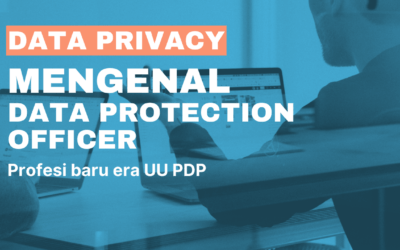What is DevSecOps
Software is eating the world, companies in every industry need to assume that a software revolution is coming. This includes even industries that are software-based today. Great incumbent software companies like Oracle and Microsoft are increasingly threatened with irrelevance by new software offerings like Canva and ServiceNow.
Initially, corporations used the “DevOps” idea to manage Continuous Integration and Continuous Delivery of software in order to offer high-value applications to clients. As DevOps has grown in popularity, many firms are including a “Security” phase into software development to incorporate the security idea across the software development lifecycle (SDLC).
DevSecOps—which stands for development, security, and operations—automates the integration of security throughout the software development lifecycle, from initial design to integration, testing, deployment, and software delivery. When software upgrades were only distributed once or occasionally a year, this was workable. Furthermore, when software engineers adopted Agile and DevOps approaches, with the goal of compressing software development cycles to weeks or even days, the conventional ‘tacked-on’ approach to security became an untenable impediment.
This paradigm seamlessly merges application and infrastructure security into Agile and DevOps processes and technologies. It addresses security risks as they arise when they are easier, quicker, and less expensive to rectify before they are deployed. Furthermore, DevSecOps elevates application and infrastructure security from the core responsibility of a security silo to the shared responsibility of development, security, and IT operations teams.
Advantage of DevSecOps
#1 Effective and efficient
Many concerns may be “shifted left” with DevSecOps, which means detecting defects and gaps earlier in the development process. The earlier you recognize an issue, the less expensive it is to repair. The far more automated the process, the more time your security team has to focus on difficult and non-trivial issues rather than fixing the same problem again and over.
#2 A continuous and scalable approach
As enterprises advance, so do their security postures. DevSecOps methods are repeatable and adaptable. This implies that security is implemented reliably throughout the environment as it develops and adapts to new demand.
Best practice of DevSecOps
#1 Static Application Security Testing (SAST)
Static Application Security Testing allows developers to examine their code base for unsafe or poor programming, revealing possible security risks which should be addressed. Any found problem has a severity rating, which might assist developers in prioritizing solutions.
#2 Dynamic Application Security Testing (DAST)
Dynamic Application Security Testing solutions may perform security screening on live applications automatically, monitoring for a wide range of real-world threats without having access to source code. These tools often evaluate a web application’s HTTP and HTML outputs.
#3 Image Scanning
Docker images and containers are widely used by DevOps teams to deliver components. One of the key issues in a DevSecOps environment is finding risks in container images, because they are frequently downloaded from public repositories or other untrusted sources, and because container deployments may increase fast, potentially expanding the security vulnerabilities.
#4 Dashboard and Visualization Tools
DevSecOps collaboration requires technologies that allow developers, operations, DevOps, and security teams to monitor and exchange security information in a single pane of glass or that can be connected with current security risk management systems.
#5 Threat Modelling Tools
Threat modelling helps to determine the DevSecOps team in forecasting, detecting, and assessing threats across the whole attack surface. The objective is to empower teams to make data-driven, proactive decisions to reduce their security risk exposure as rapidly as possible. Many tools with a broad range of capabilities are available, including as visual dashboards and systems that can use data to automatically develop security vulnerabilities.
#6 Infrastructure Automation Tools
Automation is essential in DevSecOps, and newer techniques include automating infrastructure configuration and security. Tools in this category automatically identify and remedy numerous security flaws and configuration problems in cloud systems. They include solutions for event-based automation, configuration management, infrastructure as code (IaC), and cloud configuration management, such as Cloud Workload Protection Platforms (CWPP).
Reference




